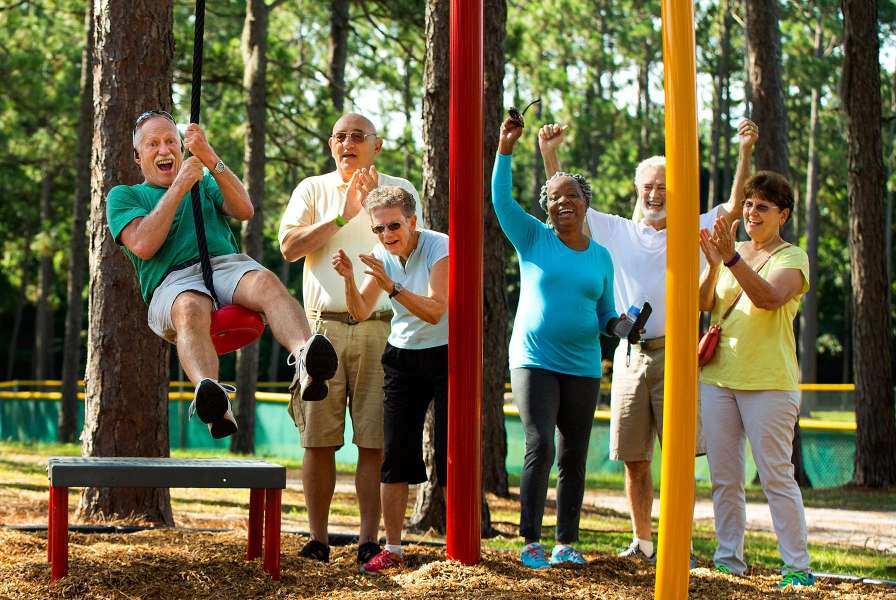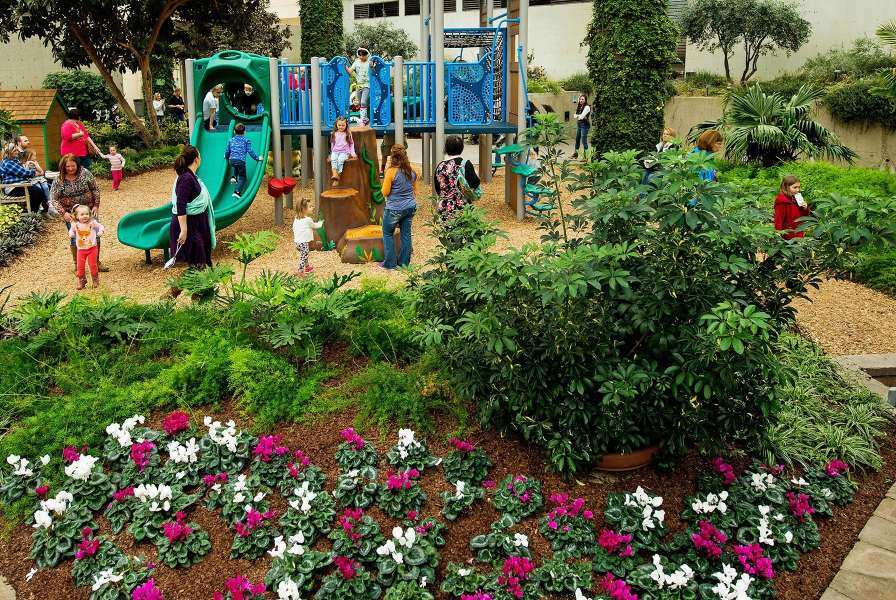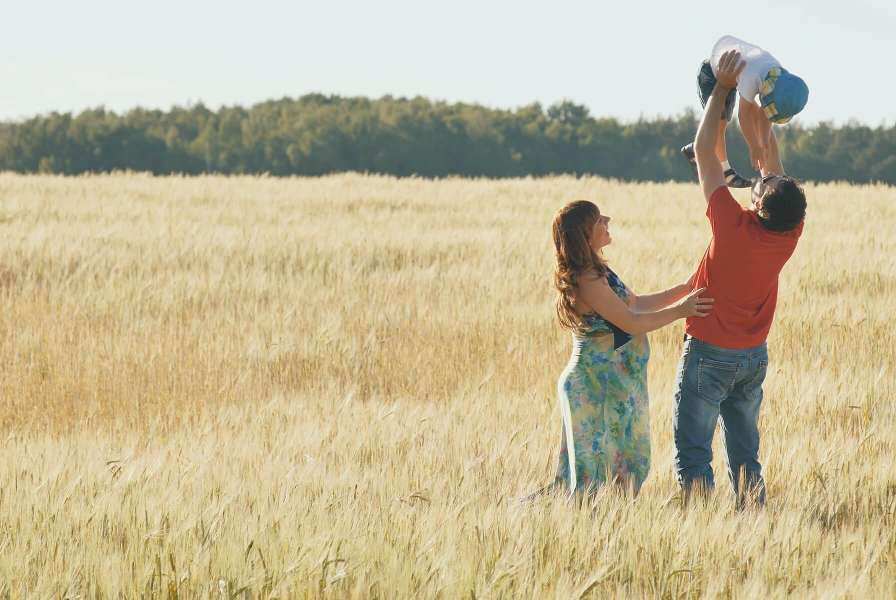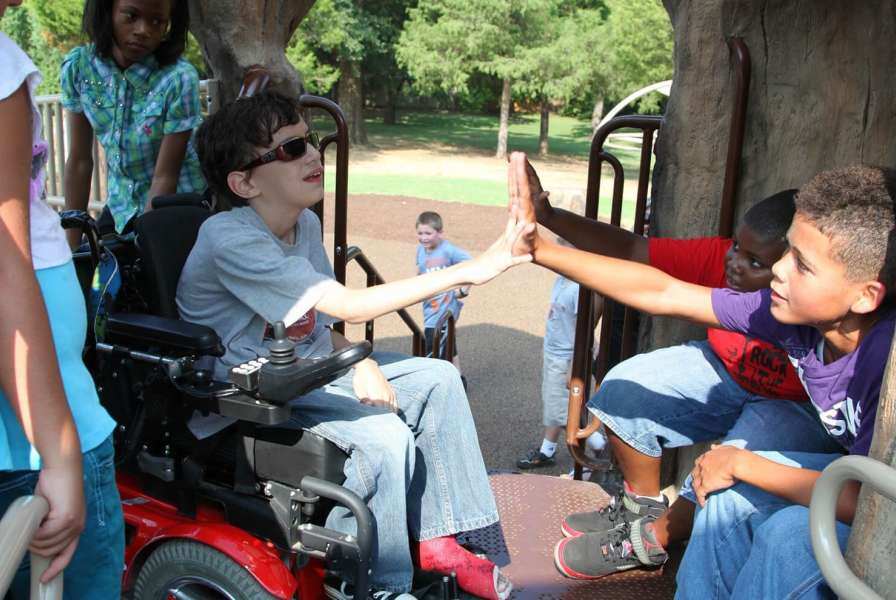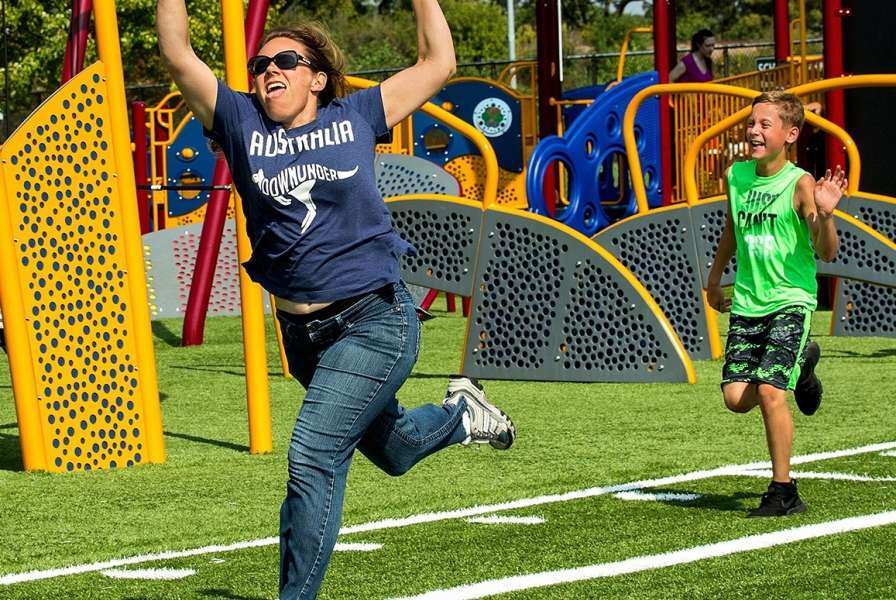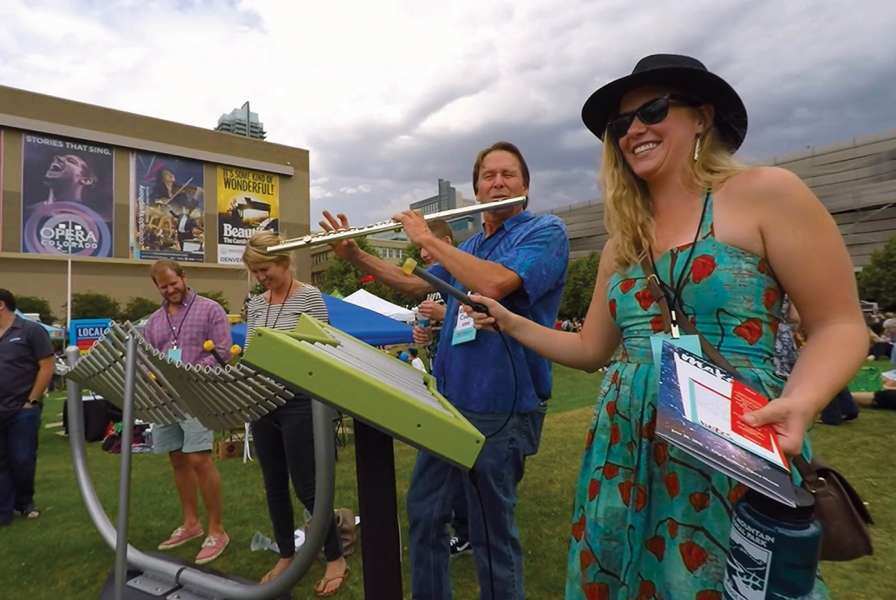There is an increasing prevalence of depression in virtually all age groups, however the highest incidence of depression and suicide is seen in older age groups. No single causal process is evident. It may seem strange to start a play blog focusing on depression and potential suicide. I do so because the powerful mood-altering effect of authentic play can act as “immunization” against seemingly unending despair and, in particular late adult or senior depression.
The data on suicide and its increasing prevalence is solid, with from 25-35% recent increase in Western nations. Most vulnerable are those individuals over 65. My emphasis here is to focus on senior adult vulnerabilities to loneliness, the pervasive lack of community, and associated depression with its worst manifestation being suicide, and to demonstrate that multiple resources exist to ameliorate vulnerability. Play is certainly a major part of everyone’s human nature, and within each of us resides an active or dormant play nature, able and waiting to be more fully activated!
In previous blogs, the biological design of our human species to play throughout each lifetime was addressed. We are fundamentally a SOCIAL species. Beginning with early infant-mother mutually experienced joyful attunement to a shared joke in a hospice setting, play is a source of enlivenment, it fuels life forces, even when circumstances are challenging. And yes, we are hard wired to enjoy and need it forever.
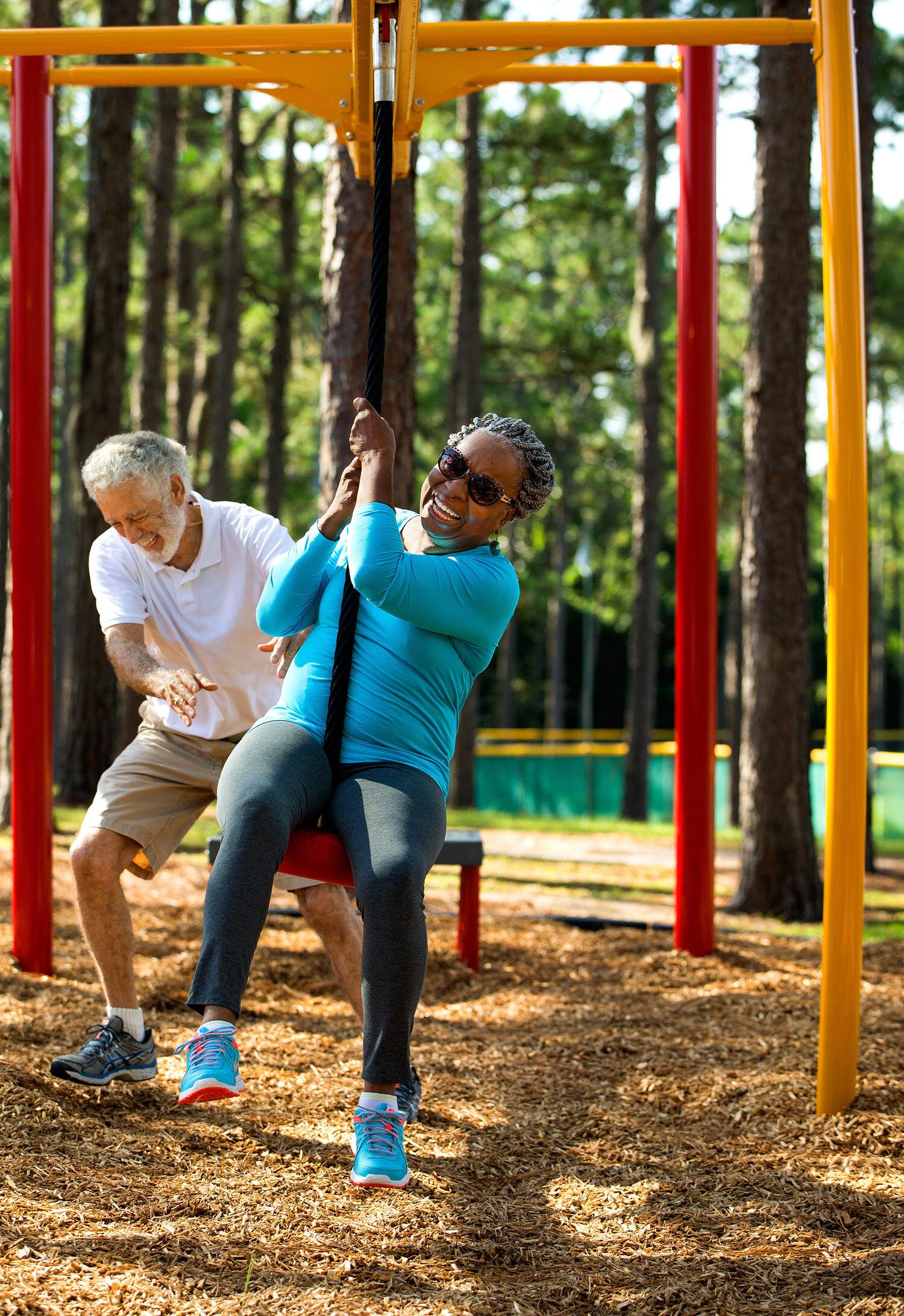 So missing out on play at any age is an important risk factor for health and survival. When lack of meaningful participation in community exists, this lack evokes inevitable emotions of sadness, loss, and a need (usually unconsciously surrounding us, but deeply felt) for regular trusting contact with fellow humans, ideally of all ages. Now, add to this the general separation geographically and culturally from primary family members, and this aspect of support and emotional verve present for millions of years of our deep biologic heritage is missing. Visiting one’s family during holidays does not produce sufficient emotional nutrition to stave off loneliness or its inevitable partner, depression. And if a spouse or best friend has recently passed away, the risk factors are not much different than high blood sugar, or when off-the-charts cholesterol levels are present. The United Kingdom, with its capacity for nationwide health assays has identified loneliness as a sufficiently serious health problem with increased health care costs to have appointed recently, a “Minister of Loneliness.”
So missing out on play at any age is an important risk factor for health and survival. When lack of meaningful participation in community exists, this lack evokes inevitable emotions of sadness, loss, and a need (usually unconsciously surrounding us, but deeply felt) for regular trusting contact with fellow humans, ideally of all ages. Now, add to this the general separation geographically and culturally from primary family members, and this aspect of support and emotional verve present for millions of years of our deep biologic heritage is missing. Visiting one’s family during holidays does not produce sufficient emotional nutrition to stave off loneliness or its inevitable partner, depression. And if a spouse or best friend has recently passed away, the risk factors are not much different than high blood sugar, or when off-the-charts cholesterol levels are present. The United Kingdom, with its capacity for nationwide health assays has identified loneliness as a sufficiently serious health problem with increased health care costs to have appointed recently, a “Minister of Loneliness.”
In later years, as play science became a focus of mine, I have seen, even in hospice settings or a dementia unit, where including play activities was established policy, major transformations occur. When the staff discovered past fragments of play in the lives of their charges, they crafted treatment plans that duplicated those earlier play settings. Whether putting a golf ball, or singing a “three blind mice” round, if it tickled a past play memory, it generated lagging spirits. In research settings in New South Wales, Australia, such inclusion of play and clowning with the staff has been demonstrated to lessen the need for medications, and along with it, staff morale has been radically improved. (Arts Health Study).
So, let’s seek out the vulnerable and add to Rx for non-demented but identified and depressed and lonely seniors the many patterns of play that virtually every one of them once fully embraced. The good news is that there is a way to combat loneliness and sadness in older people, and the answer is one that we have given many times – we must find a way to bring, and keep, play in our daily lives.
